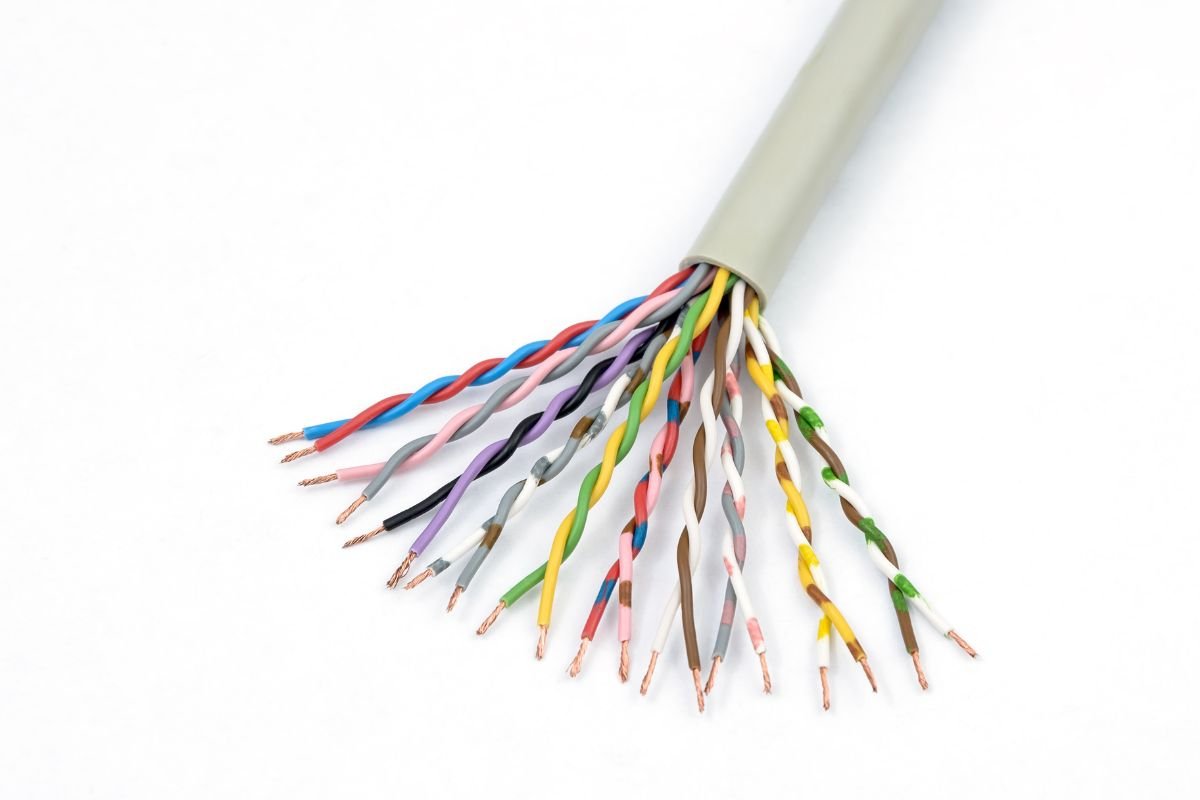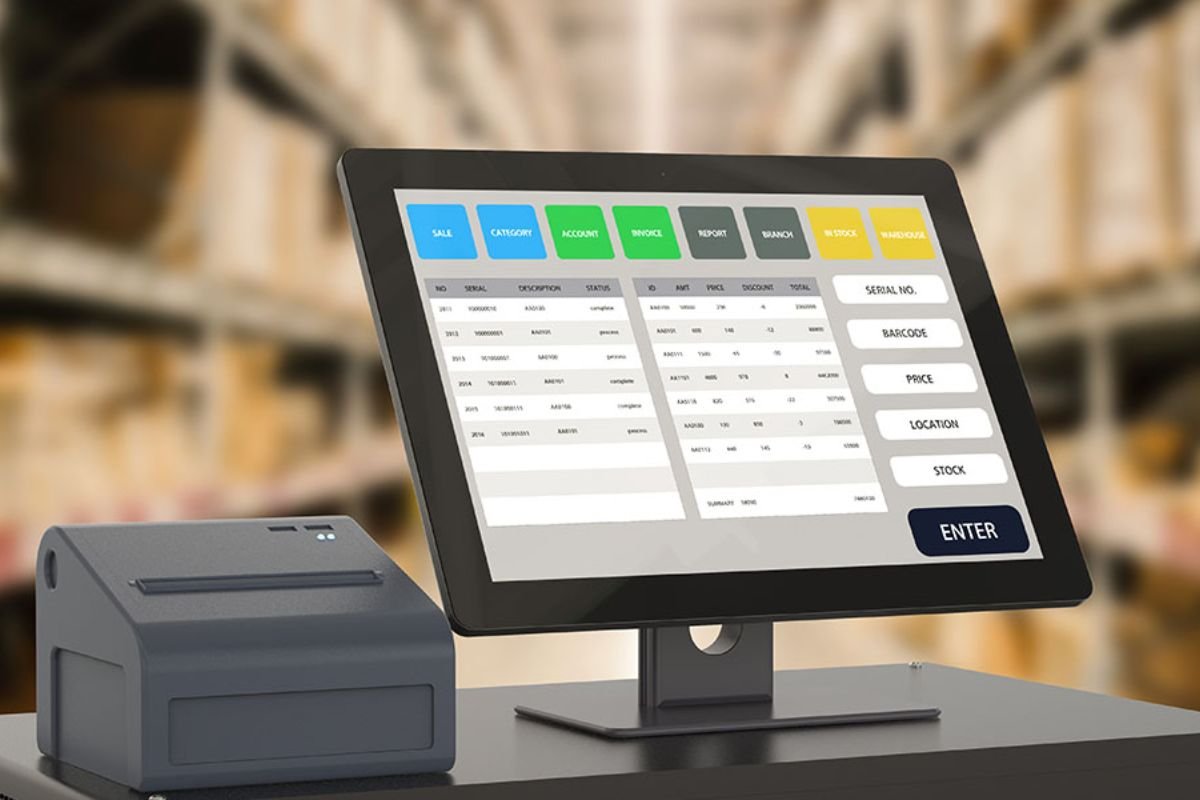In today’s technology-driven world, having a secure network is crucial for businesses of all sizes. Whether it’s a startup or a large corporation, having a solid network infrastructure is vital for communication, data exchange, and overall business functions. Twisted pair cabling has been a suitable choice for networking solutions. This article explores the advantages and diverse applications of twisted pair cabling in business settings.
What is Twisted Pair Cabling?
First of all, “What is twisted pair cabling?”. Twisted pair cabling is a type of wiring used in Ethernet networks, telephone systems, and other data transmission setups. It comprises pairs of copper conductors twisted together to minimize electromagnetic interference (EMI) and cross-talk between neighboring pairs.
Advantages of Twisted Pair Cabling:
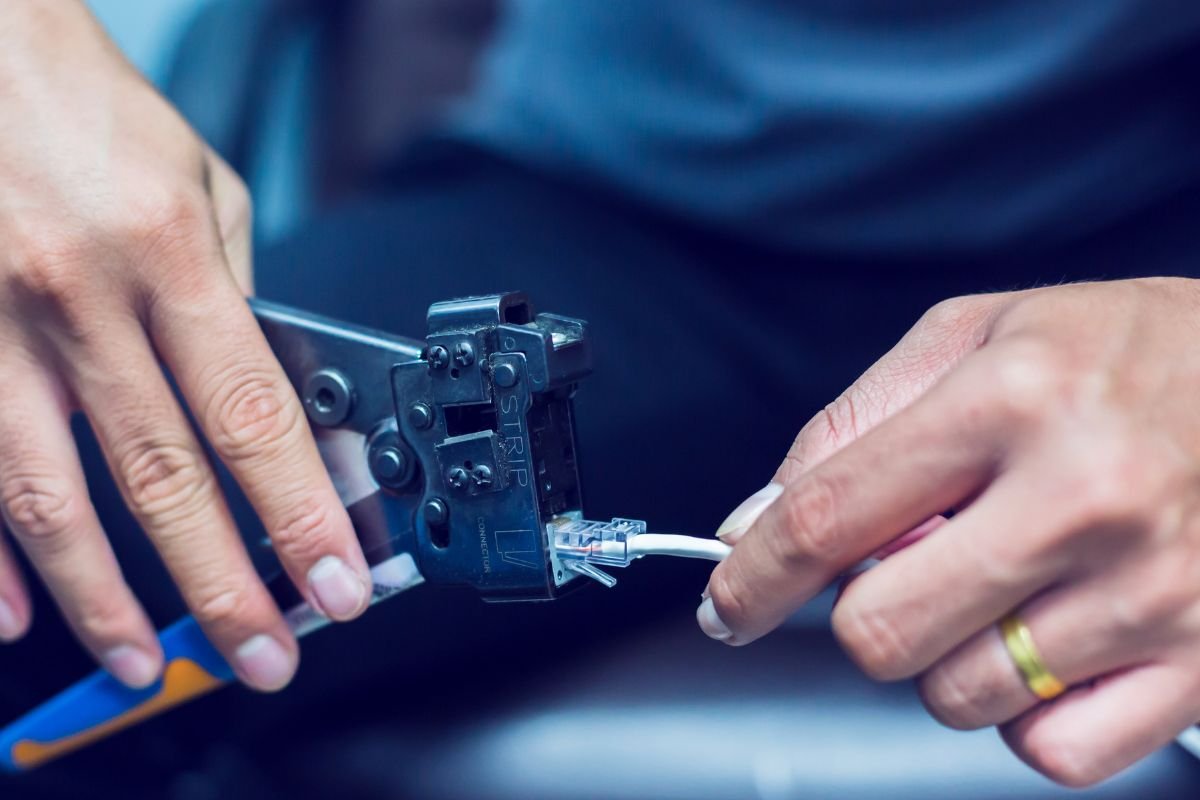
- Cost Effective: One key benefit of utilizing twisted pair cabling is its affordability. Unlike fiber optic or coaxial cables, twisted pair cables are more budget-friendly while still delivering performance.
- Versatility: Pair cables’ flexibility and widespread availability make them suitable for applications. Twisted pair cables are versatile for transmitting voice and data, making them ideal for telephone systems and computer networks.
- Easy Installation: One advantage of twisted pair cabling is its installation process, which is simpler compared to other cable types. These cables are lightweight and easy to handle and can be quickly installed in environments without the need for specialized tools.
- Scalability: Additionally, twisted pair cables offer scalability benefits, allowing businesses to expand their network effortlessly by adding connections or upgrading existing installations using connectors with minimal disruption.
Types of Pair Cables:
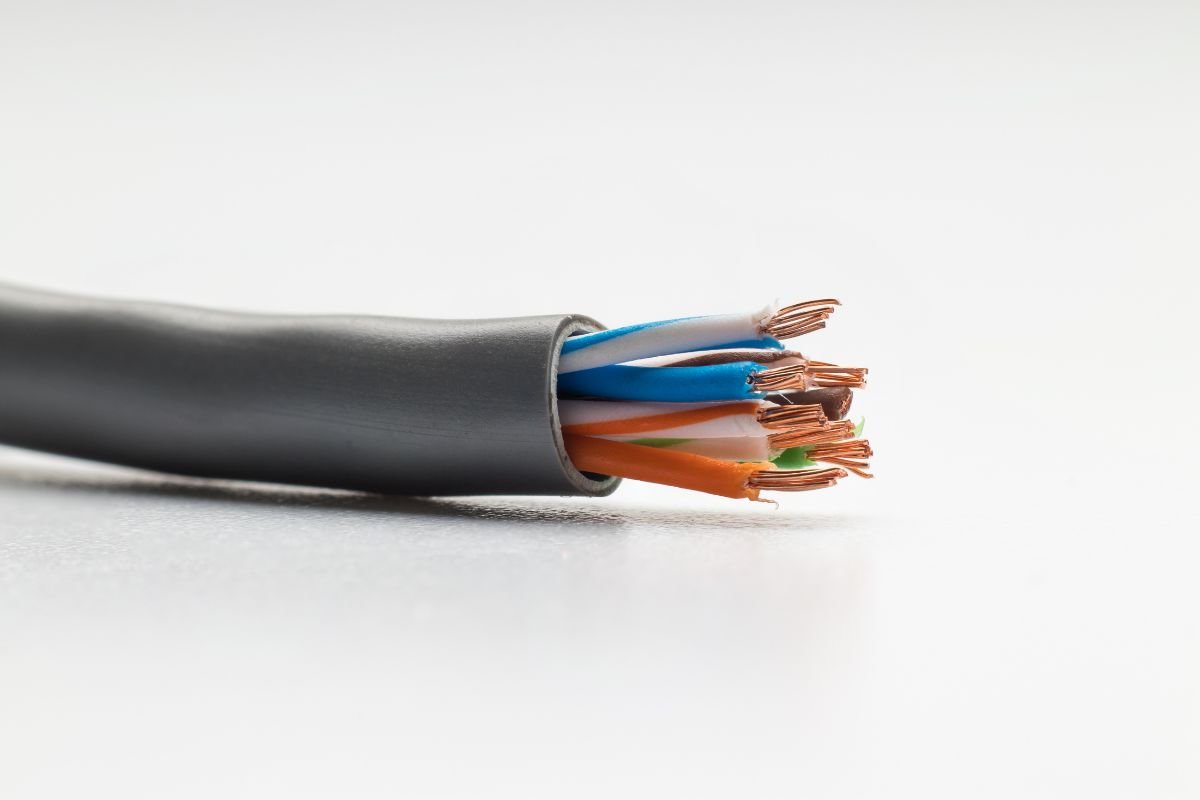
There are two types of pair cables:
1. Unshielded Twisted Pair (UTP):
This type of cable is commonly used due to its cost-effectiveness and ease of use. UTP cables are suitable for networking needs in office settings, such as local area networks (LAN).
2. Shielded Twisted Pair (STP):
STP cables feature shielding around each conductor pair, providing enhanced protection against electromagnetic interference (EMI) for improved performance and signal integrity.
STP cables are commonly utilized in places with high levels of interference, such as industrial environments or locations crowded with electronic devices.
Uses:
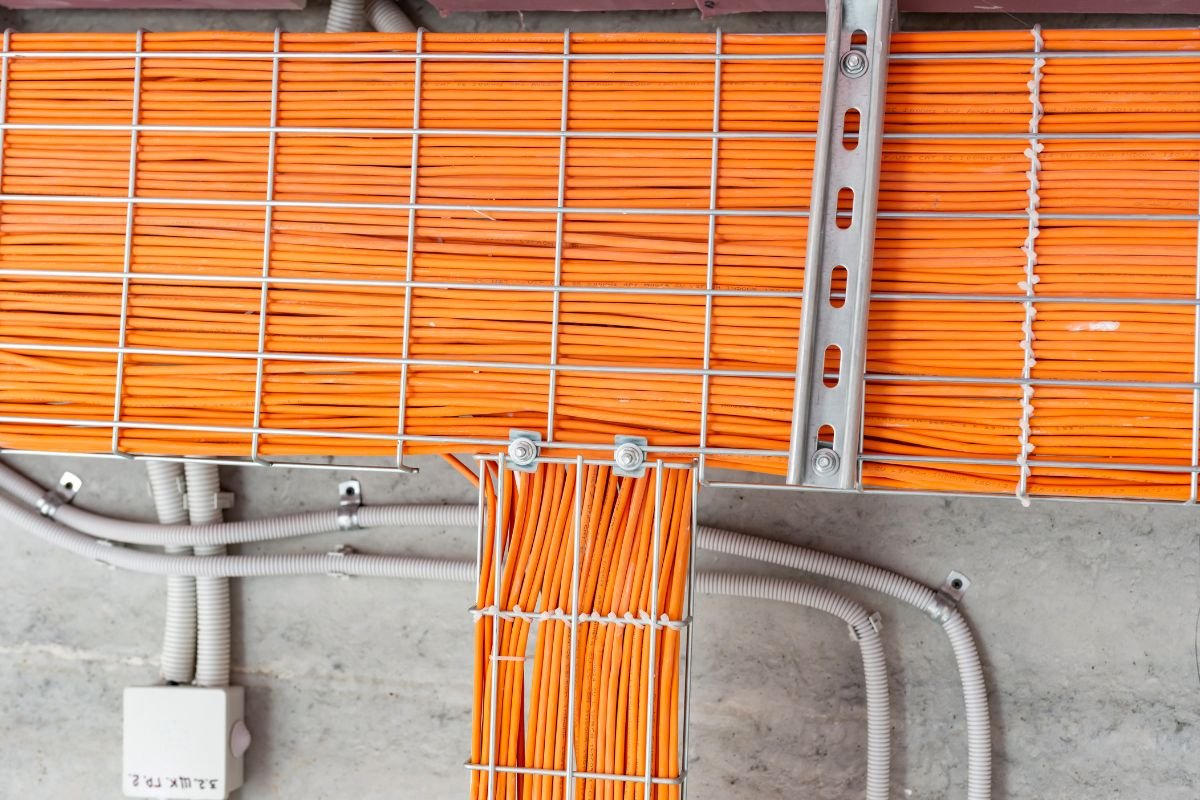
1. Local Area Networks (LAN):
Twisted pair cables are heavily employed in LAN setups to link a company’s computers, printers, servers, and other network devices. Their adaptability and cost-effectiveness make them a popular choice for both businesses and large corporate networks.
2. Voice over Internet Protocol (VoIP) Systems:
As internet-based telephony systems gain prominence, twisted pair cabling has become essential for VoIP setups. These cables ensure clear voice communication when connected to IP phones or analog telephone adapters.
3. Security Systems:
Twisted pair cabling powers security cameras, intercom systems, access control panels, and other security devices in buildings and commercial areas. It facilitates communication among security system elements, enhancing safety.
4. Building Automation Systems:
Twisted pair cabling is extensively used in building automation systems to manage lighting, HVAC systems, elevators, fire alarms, and more. These systems rely on communication channels supported by pair cabling to enhance efficiency and convenience in daily building operations.
5. Access and Support:
Twisted pair cabling has been around for years, making it widely available and supported by various manufacturers and industry experts. This accessibility simplifies the process of finding cables, connectors, and other necessary components, ensuring compatibility and integration into existing systems.
6. Future Proofing:
Despite its presence, twisted pair cabling has adapted to meet the growing demands of networks. Technologies like Category 6 (Cat 6) and Category 6A (Cat 6A) cables have enabled bandwidths and faster transmission speeds. By incorporating these upgraded versions, network infrastructures can be safeguarded against advancements while remaining compatible with emerging network technologies.
Conclusion
Twisted pair cabling presents a range of advantages that position it as a choice for network infrastructure solutions across industries. Its cost-effectiveness, versatility, ease of installation, and scalability make it essential for businesses of all types. As technology progresses, twisted pair cabling continues to serve as an economical solution that meets organizations’ networking requirements.

